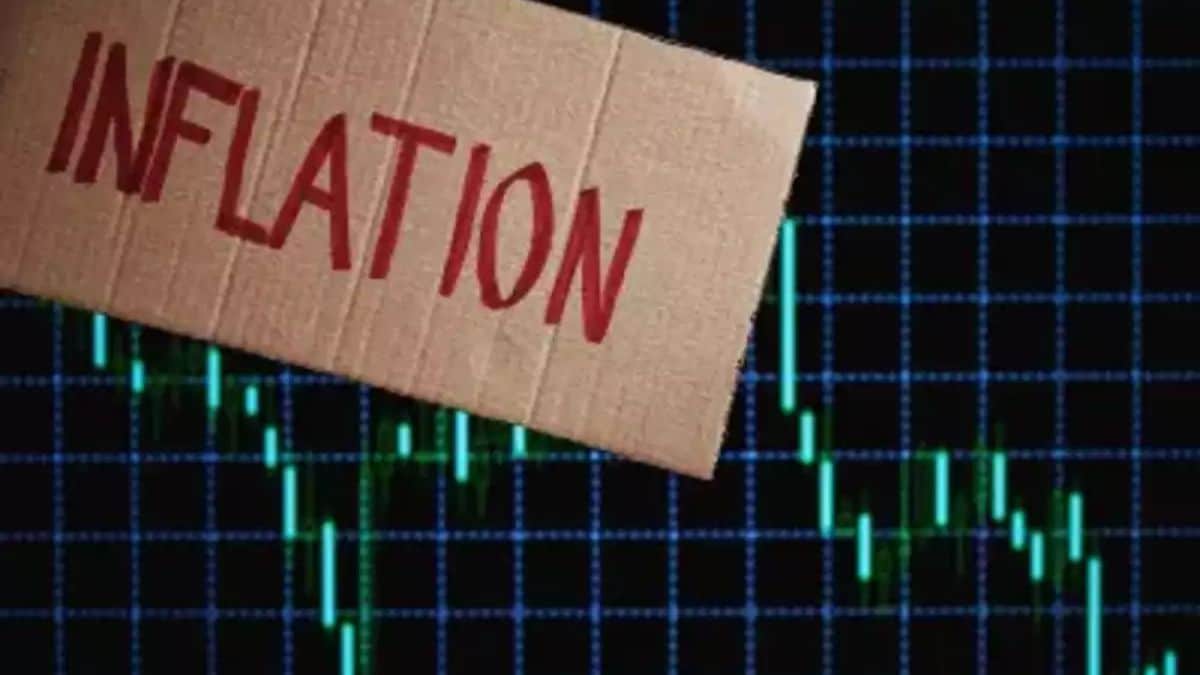 Image Credits - The Economic Times
Image Credits - The Economic Times
The April inflation reading of 2.9 per cent reflects a 0.2 percentage point decrease from the 3.1 per cent recorded in March. Before April, inflation had briefly dipped below 3 per cent in January to 2.8 per cent, before spiking again in February to 3.1 per cent due to high prices of fruits, agricultural produce, and energy.
Once again, farm produce, particularly fruits, emerged as the primary driver of inflationary pressure in April. Prices of agricultural, livestock, and fishery products surged by 10.6 percent year-on-year last month, significantly contributing to the overall inflation rate.
Among major items, apple prices surged by an alarming 80.8 per cent, while pear prices skyrocketed by a record 102.9 per cent compared to the same period last year. Prices of industrial products also rose by 2.2 per cent, with petroleum products increasing by 1.3 per cent due to global oil price instability caused by the ongoing Middle East crisis.
The average price of Dubai crude, South Korea’s benchmark oil, climbed steadily from $78.85 per barrel in January to $80.88 in February, $84.18 in March, and reached $89.17 per barrel in April, according to government data.
Additionally, service prices contributed to the inflationary pressure, rising by 2.2 per cent year-on-year in April. Core inflation, which excludes volatile food and energy prices, stood at 2.3 per cent compared to the same month in 2023.
Despite the overall inflation rate dipping below 3 per cent for the first time in three months, the government has stated that consumer prices are expected to ease slower than anticipated before reaching the target rate of 2 per cent around the end of 2024.
